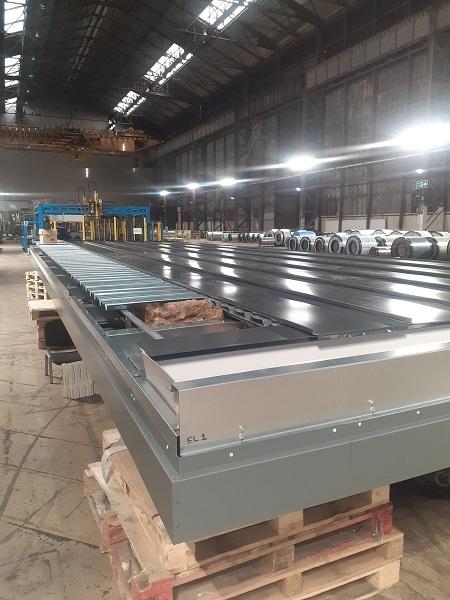Does the Construction Playbook show that government is serious about helping the construction industry to change for the better?
Developed based on conversations with the UK’s construction sector, the Construction Playbook is a document setting out how the government will work with the industry to deliver public projects more efficiently.
In the government’s own words, the Playbook outlines expectations “of how contracting authorities and suppliers, including the supply chain, should engage with each other.”
The Playbook’s introduction refers to how the document is focused on “getting projects and programmes right from the start”. This is an acknowledgement that projects often take longer and cost more than was originally predicted, and that public projects need to do ‘better’ if goals such as more efficiency, less waste and net zero carbon are to be achieved.
The Construction Playbook might be focused on public procurement, but it’s worth bearing in mind that government initiatives and mandates tend to have a trickle-down effect. Positive impacts that result from following the procurement processes laid out in the Construction Playbook are likely to result in broad improvements throughout the construction industry.
What are the main goals of the Construction Playbook?
The Construction Playbook aims to improve building and workplace safety, support the commitment of net zero by 2050 and focus on whole life carbon, and promote social value (including supporting recovery from the Covid-19 pandemic). These aims are reflected in three cross-cutting priorities.
• Health, safety and wellbeing.
• Building safety.
• ‘Building back greener’.
The Playbook has been endorsed by the Construction Leadership Council (CLC) and the wider industry, in recognition of the fact that the whole construction sector needs to work together to support change on the scale that is envisaged.
To deliver that change and support the over-arching goals, the Playbook outlines fourteen “key policies”. We won’t outline all fourteen here, but the following ones are particularly relevant to what we’re going to go on and talk about in the rest of this post.
• Assessments of the market’s health and capability – including identifying the potential to “take advantage of emerging technologies and innovation”.
• Longer term contracting – to give more certainty.
• Harmonise, digitise and rationalise demand – to “accelerate the development and use of platform approaches”.
• Outcome-based approach – to be less prescriptive about how goals are reached.
How is the Construction Playbook supporting adoption of MMC and construction platforms?
To a significant degree, the Construction Playbook is a response to the government’s own investment in initiatives aimed at supporting modern methods of construction (MMC).
The second chapter of the Playbook is about MMC and how changes in construction procurement can support its increased adoption. In that sense, the document seems to be a genuine indication that government is taking the results of its funded programmes seriously and has genuine intent to realise the improvements that can result.
An example of that funding is the investment in the Construction Innovation Hub (CIH), which is aimed in part at achieving the Construction 2025 strategy. The CIH’s Platform Design Programme (PDP) aims to make ‘platform approaches to design for manufacture and assembly’ (P-DfMA) a reality.
Construction platforms are simply a form of MMC, and the Construction Playbook says: “We will look to procure construction projects based on product platforms comprising of standardised and interoperable components and assemblies…”
When fully realised, construction platforms will allow manufacturers to offer kits of parts that are compatible, and interoperable with each other. The focus is on making products available that can work within systems, so that repeatable platforms can be used to create buildings of all types .
Construction based on platforms should need fewer resources and save on material use . Repeatability and standardisation mean rethinking how a building is put together – it becomes more about ‘assembly’ than ‘construction’, all of which reduces risk in procurement and gives design teams greater certainty .
The need to rethink traditional approaches is why the Construction Playbook requires an outcome-based approach, to open up new and different routes to getting to the required result.
It can be easy to feel sceptical towards government-mandated approaches, especially if they seem to be short-term in their thinking. The priorities of the Construction Playbook don’t feel short-term. The document prescribes an approach to procurement that is realistic about the challenges that lie ahead, but also recognises the opportunities available if new thinking is embraced.
As a result, we’re optimistic that the government is serious about helping the construction industry change for the better. Tata Steel’s work on construction platforms includes involvement with initiatives such as the Platform Design Programme and the SEISMIC II platform . Stay up to date on how we are contributing to proving the concept of construction platforms by signing up to our newsletter .



































































































































































































































